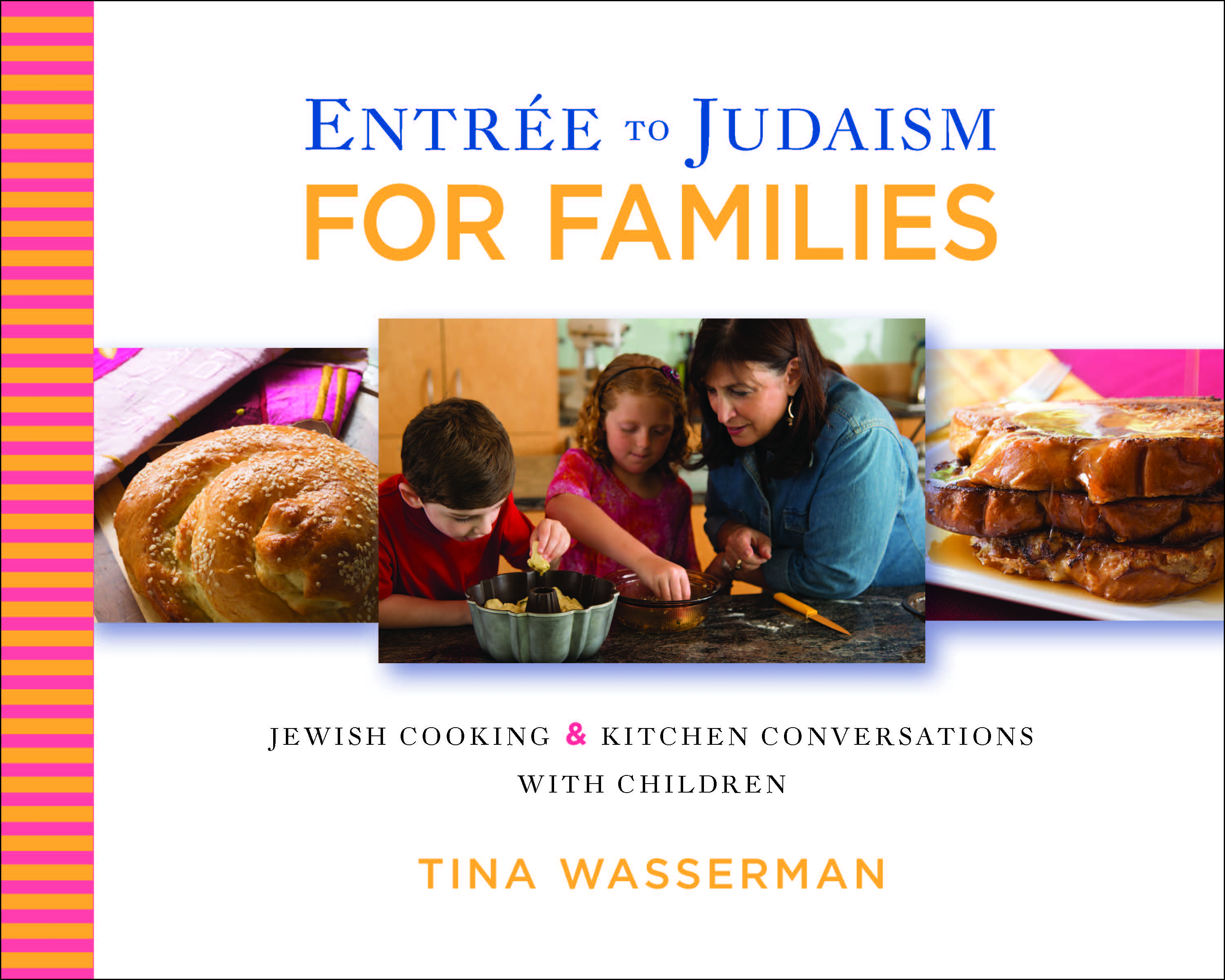Tzimmes has its origin in medieval Germany where it was the custom to have meat stews that contained fruit and vegetables. Perhaps the Persian and Western Asian culinary habit of using fruits with meat made it up the Rhine? The sugar beet growing region of southwestern Poland surely influenced the addition of sugar to the recipe, and the use of sweet potatoes is only a few centuries old as the sweet potato was introduced to Eastern Europe from America.
This dish, like all stews, tastes better the next day. It also freezes beautifully. Just freeze the meat separate from the vegetables and gravy. Slice the defrosted meat and place in a casserole with the vegetables and gravy and reheat.
PRUNE TZIMMES
1 pound pitted prunes
1 tablespoon peanut oil
4-5 pounds brisket or boneless chuck roast
1 small onion (about 3” in diameter) finely diced
1 large clove garlic, minced
Salt and freshly ground black pepper to taste
4 carrots, pared and sliced into 1 1/2 inch chunks
2 sweet potatoes pared and cut into eighths
1/4-cup sugar
1 tablespoon lemon juice (or to taste)
- Cover prunes with cold water. Microwave on high for 3 minutes and then let soak for ½ hour or longer until soft.
- Heat a large Dutch oven for 20 seconds. Add the oil and heat for another 10 seconds. Add the onion and garlic and sauté for a few minutes until the onion is golden. Do not let the garlic brown or it will become bitter. Add the meat and sear on all sides. The meat probably won’t lay flat, don’t worry just sear all sides.
- Transfer the meat to a large roasting pan, preferably one with a lid (if not use heavy duty foil to cover). Add prunes and soaking water to the meat and bring to a boil on your cook top. Add salt and pepper. Cover roasting pan and transfer to a preheated 300F oven. Cook the meat for 4-5 hours depending on the size and thickness of your brisket.
- Remove the meat and prunes from the gravy. Place the potato and carrot chunks in the bottom of the pan. Replace the meat and prunes on top.
- Sprinkle sugar and lemon juice into the pot. Stir and cover.
- Place the roasting pan in a 350F oven for 45 minutes to an hour or until The meat is done when a fork can be inserted and removed easily and potatoes are tender. Adjust the seasonings if necessary.
- Remove the meat and allow it to cool, preferably overnight in the refrigerator.
- Slice the meat when it is firm and then return to the vegetables and gravy to reheat.
TIDBITS:
- If your meat is small enough to fit into a large Dutch oven or pot, you may cook it on the top of the stove for 2-3 hours and then proceed to step 6.
- A Dutch oven is that large, squat, 4-6 quart pot with 2 small handles that you got as part of your pots set! I think they refer to it as “Dutch” because it was a very efficient way to cook food without using a lot of fuel.
- The dull side of the foil should always be facing up when roasting in the oven because the dull side absorbs the heat and helps the roasting process. Except, NEVER use the dull side out on a Turkey because it will dry out the white meat—use shiny side up for that.
- Try to slice the meat when it is cool, but always slice the meat across on the diagonal (against the grain or lines of the muscle) to avoid getting long, stringy pieces of meat.
- To freeze the vegetables and fruits, remove from the gravy, place in a freezer bag, place a straw in the bag and close the bag up to the straw. Suck out all the air in the bag and then seal. This will prevent ice crystals in the air from piercing the vegetables and making them soggy. Freeze the gravy in a jar or bag in the same way.



 (3 votes, average: 4.00 out of 5)
(3 votes, average: 4.00 out of 5)

Pingback: At Passover, Jews love matzo … until they don’t | Spokane Faith & Values
Pingback: At Passover, Jews love matzo … until they don’t | Hartford Faith & Values
Pingback: At Passover, Jews love matzo … until they don’t | Columbia Faith & Values